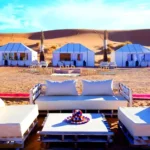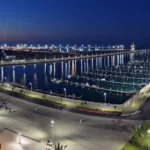Asilah is a small coastal city located in the northwest of Morocco, on the Atlantic Ocean. It is situated about 46 km south of Tangier and 30 km north of the city of Larache. Asilah Morocco is known for its beautiful beaches, historic sites, and vibrant arts scene.
The city has a long and rich history that dates back to the Phoenician period. Over the centuries, Asilah has been inhabited by various cultures and civilizations, including the Romans, Vandals, and Arabs. It was also an important trading center during the medieval era, and many of its historic buildings and fortifications date back to this period.
Today, Asilah is a popular tourist destination, attracting visitors from around the world with its charming medina (old town), colorful houses, and lively souks (markets). The city is also home to a number of cultural festivals and events, including the Asilah Arts Festival, which takes place every summer and attracts artists and performers from across Morocco and beyond.
The History of Asilah:
Asilah is a coastal city located in northern Morocco, on the Atlantic Ocean. The history of Asilah dates back to the Phoenician era when the city was founded as a trading post. Later, it became part of the Carthaginian Empire, and then the Roman Empire.
During the Islamic period, Asilah became an important center for trade and culture. In the 15th century, it was captured by the Portuguese, who used it as a base for their naval expeditions. However, the city was later retaken by the Moroccan Sultanate and became a center for maritime trade once again.
During the 19th and 20th centuries, Asilah was colonized by the Spanish and became part of Spanish Morocco. It was an important center for the fish canning industry and also served as a base for Spanish military operations.
In 1956, Morocco gained its independence from France and Spain, and Asilah became part of the newly independent country. Today, Asilah is known for its beautiful beaches, its annual arts festival, and its historic medina, which features a mix of Moroccan and Andalusian architecture.
Throughout its history, Asilah has been shaped by the influence of many different cultures and has played an important role in the trade and commerce of the region.
The Beauty of Asilah:
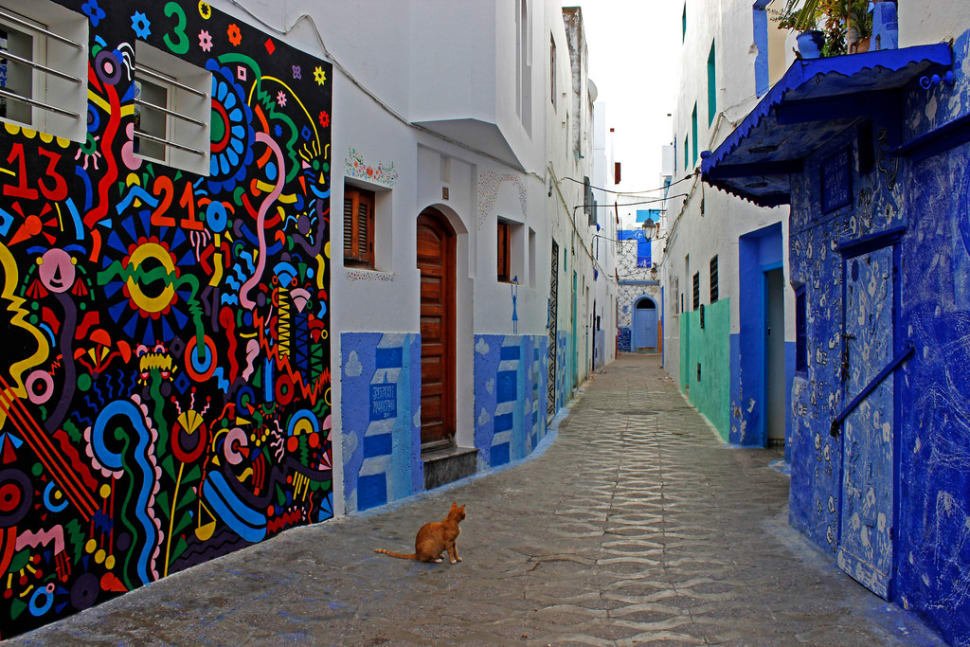
Asilah is a city of stunning natural beauty, with white-sand beaches and clear blue waters. The city’s medina, or old town, is a maze of narrow, winding streets lined with whitewashed buildings adorned with colorful tiles and intricate carvings. The city walls, which were built by the Portuguese in the 15th century, still stand and provide a spectacular view of the ocean.
The Art Scene in Asilah:
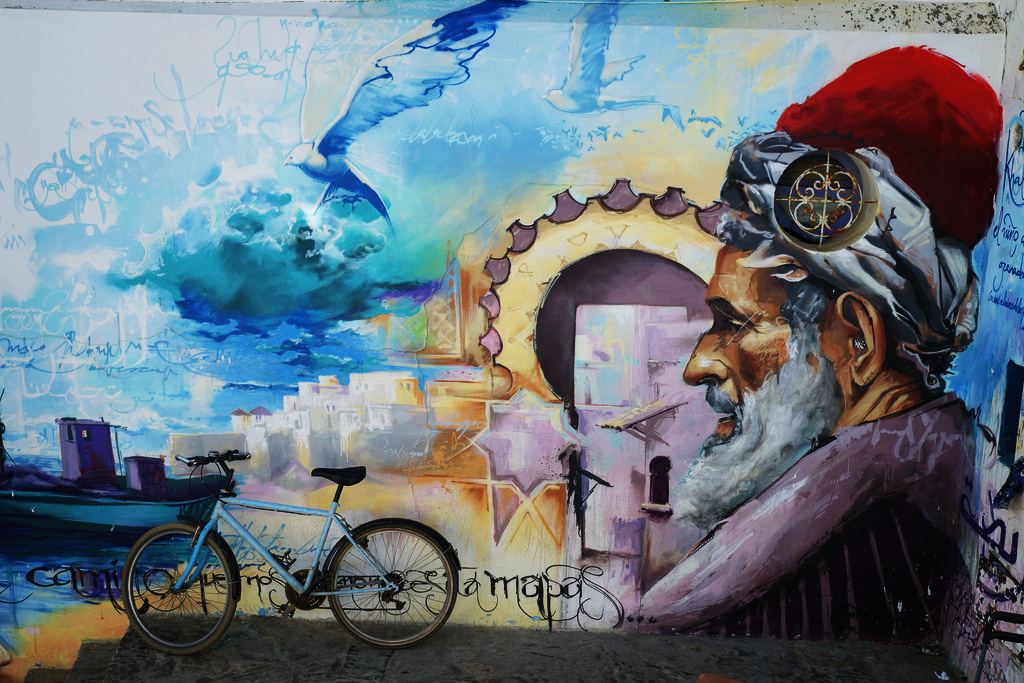
Asilah is known for its vibrant art scene, with numerous galleries and exhibitions showcasing the work of both local and international artists. The city hosts an annual arts festival, the Asilah Arts Festival, which draws artists and visitors from around the world. During the festival, the city’s walls and buildings are painted with colorful murals and street art, adding to the city’s already vibrant aesthetic.
The Cuisine of Asilah:
Asilah is also known for its delicious cuisine, which draws influences from Moroccan, Berber, Spanish, and Portuguese traditions. The city’s seafood is particularly renowned, with freshly caught fish and shellfish served in local restaurants. Asilah’s traditional tagines, couscous, and pastries are also worth trying, as they reflect the city’s cultural heritage.
The Beaches of Asilah:

Asilah’s beaches are a major attraction for visitors, with miles of pristine coastline and clear blue waters. The most popular beach in the city is Paradise Beach, which lives up to its name with its white sand and turquoise waters. Sidi Mghait Beach, located just outside the city, is also worth a visit for its tranquil setting and scenic views.
The Festivals of Asilah:
In addition to the Asilah Arts Festival, the city hosts several other annual festivals that showcase its culture and traditions. The Moussem of Moulay Abdellah Amghar is a religious festival held in August, honoring the city’s patron saint. The Festival of Atlantic Andalusia is a music and dance festival held in July, celebrating the city’s Andalusian heritage.
The People of Asilah:
Asilah’s people are known for their warm hospitality and friendly nature. Visitors to the city often comment on the welcoming atmosphere and the kindness of the locals. The city’s diverse population includes Moroccan Arabs, Berbers, and Europeans, creating a unique cultural mix that is reflected in the city’s architecture, cuisine, and traditions.
The Architecture of Asilah:
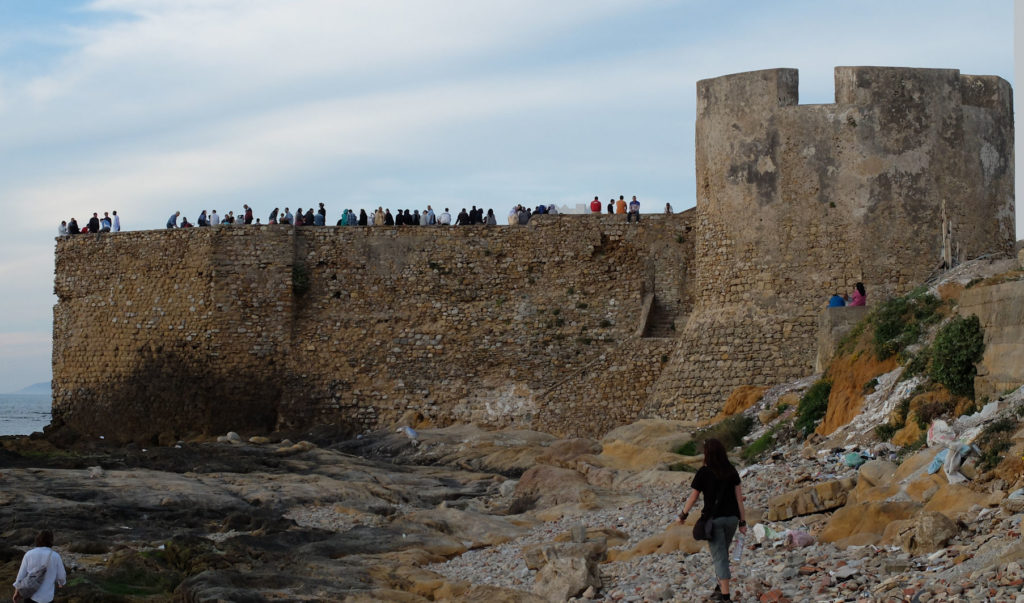
Asilah’s architecture is a blend of Moroccan, Berber, Portuguese, and Spanish styles, reflecting the city’s diverse cultural heritage. The city’s medina is a UNESCO World Heritage site, with its narrow alleys, white buildings, and intricate tilework. The city’s mosques, palaces, and fortifications also showcase the influence of different cultures on the city’s architecture. Here are some of the key features of Asilah’s architecture:
- The Medina: Asilah’s old town, known as the Medina, is a maze of narrow alleyways, historic buildings, and traditional architecture. The houses are typically built around a central courtyard and feature ornate tile work, carved wooden doors and windows, and decorative stucco work.
- The Ramparts: Asilah’s ramparts are a series of defensive walls and towers that surround the city’s old town. The walls were built in the 15th century by the Portuguese and were later reinforced by the Moroccans.
- The Portuguese Cistern: The Portuguese cistern is an underground water storage system that dates back to the 15th century. The cistern features a series of pillars, arches, and vaults, and is a popular tourist attraction.
- The Grand Mosque: The Grand Mosque of Asilah is one of the city’s most important religious buildings. The mosque dates back to the 17th century and features a large prayer hall, a courtyard, and a minaret.
- The Andalusian Tower: The Andalusian Tower is a historic watchtower that is located on the seafront. The tower dates back to the 15th century and was used as a lookout point by the Portuguese and the Moroccans.
The architecture of Asilah reflects the city’s rich history and cultural heritage and is a testament to the skill and creativity of the city’s artisans and builders.
The Surrounding Area of Asilah:
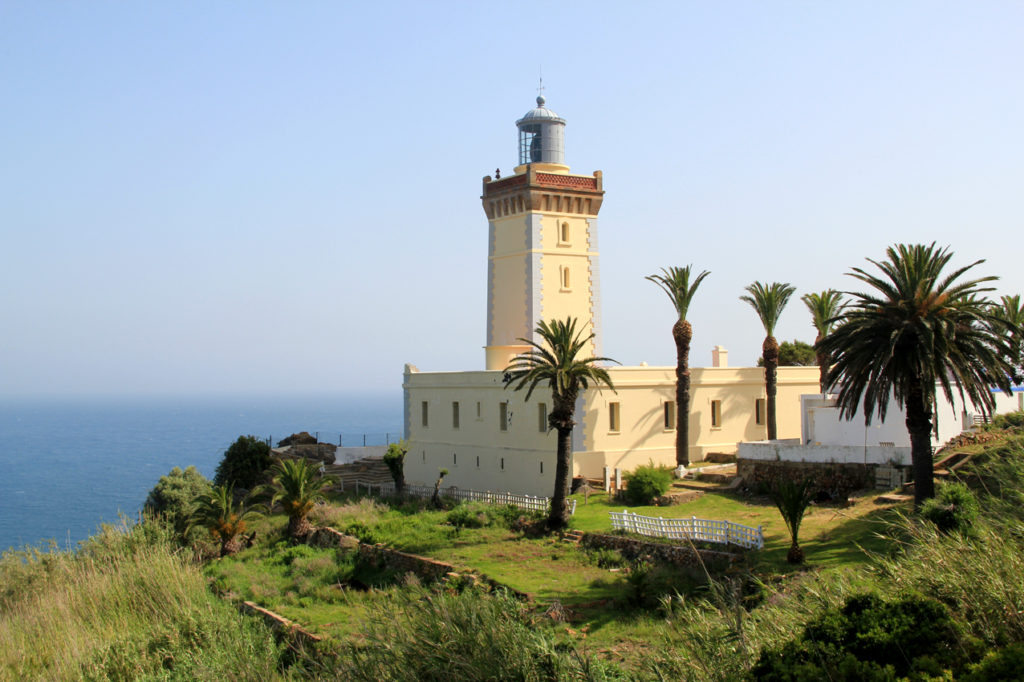
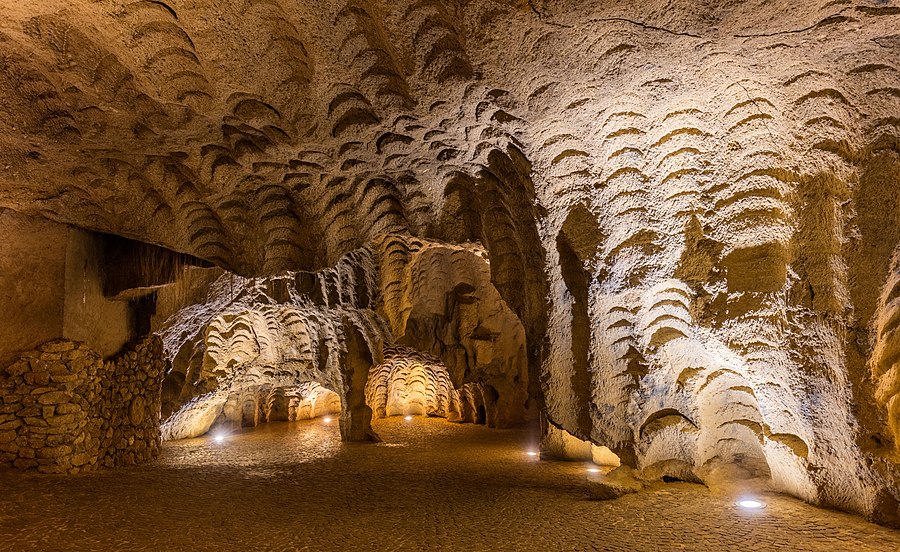
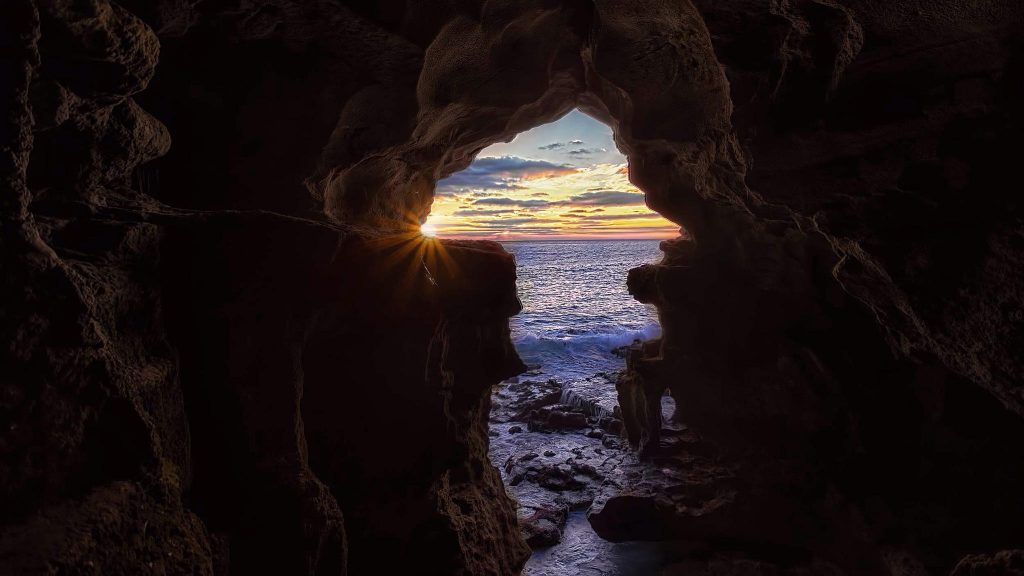
The surrounding area of Asilah offers a wealth of natural beauty and historic attractions. Here are some of the top places to visit near Asilah:
- Paradise Beach: Located just a few miles south of Asilah, Paradise Beach is a secluded and picturesque beach that is known for its crystal-clear waters and white sand. The beach is a popular spot for swimming, sunbathing, and relaxing.
- Cap Spartel: Cap Spartel is a rugged and picturesque cape that is located about 25 miles west of Asilah. The cape offers stunning views of the Atlantic Ocean and is home to a historic lighthouse.
- Tangier: Tangier is a bustling port city that is located about 30 miles east of Asilah. The city is known for its vibrant arts and culture scene and features a mix of Moroccan and European architecture.
- Hercules Caves: The Hercules Caves are a series of natural caves that are located about 20 miles west of Asilah. The caves are named after the mythical hero Hercules and are said to be where he rested during his legendary journey.
- Lixus: Lixus is an ancient Roman city that is located about 30 miles south of Asilah. The city dates back to the 7th century BC and features a number of historic ruins and artifacts.
Whether you are looking for natural beauty, history, or culture, the surrounding area of Asilah has something for everyone.
The Handicrafts of Asilah:
Asilah Morocco is known for its handicrafts, with local artisans producing everything from pottery and textiles to jewelry and leather goods. The city’s medina is a great place to shop for souvenirs, with its many small shops and markets selling handmade items. Visitors can also watch local artisans at work and learn about the traditional techniques used to create these beautiful crafts.
The Climate of Asilah:
Asilah has a Mediterranean climate, which is characterized by mild, wet winters and hot, dry summers. Here are some more details about Asilah’s climate:
- Temperatures: In the summer months of June, July, and August, the average high temperature in Asilah is around 28-30°C (82-86°F), with occasional heat waves pushing temperatures higher. During the winter months of December, January, and February, the average high temperature is around 16-18°C (61-64°F).
- Rainfall: Asilah receives most of its rainfall between November and March, with an average annual rainfall of around 600-700mm (24-28 inches). The summer months are generally dry, with very little rainfall.
- Wind: Asilah is known for its strong winds, which can be particularly gusty during the summer months. The most famous wind in the area is the Alizee, which blows from the northwest and provides a welcome relief from the summer heat.
- Humidity: Asilah has a moderate to high level of humidity throughout the year, with the highest levels occurring during the summer months.
Overall, Asilah has a pleasant Mediterranean climate that makes it a popular destination for visitors all year round. However, the summer months can be hot and crowded, so many people prefer to visit in the milder months of spring or fall.
The Sports and Activities of Asilah:
Asilah offers a range of sports and activities for visitors to enjoy. The city’s beaches are popular spots for swimming, surfing, and kiteboarding, with several schools offering lessons for beginners. The nearby hills are also great for hiking and mountain biking, with scenic trails offering panoramic views of the surrounding countryside.
The Music and Dance of Asilah:
Asilah has a rich musical heritage, with a unique style of music known as Gharnati that combines Arabic and Andalusian influences. The city also hosts several music and dance festivals throughout the year, including the Festival of Atlantic Andalusia and the Asilah Jazz Festival. Visitors can enjoy performances by local musicians and dancers, as well as international artists.
The Education of Asilah:
Asilah has several educational institutions, including primary and secondary schools, as well as a branch of Ibn Tofail University. The city’s educational system is part of Morocco’s broader efforts to improve access to education and promote literacy throughout the country.
Asilah is a city that has something to offer everyone, whether you are interested in exploring its cultural heritage, relaxing on the beach, or shopping for handmade crafts. With its stunning architecture, beautiful beaches, and friendly locals, Asilah is a destination that should be on every traveler’s bucket list.



